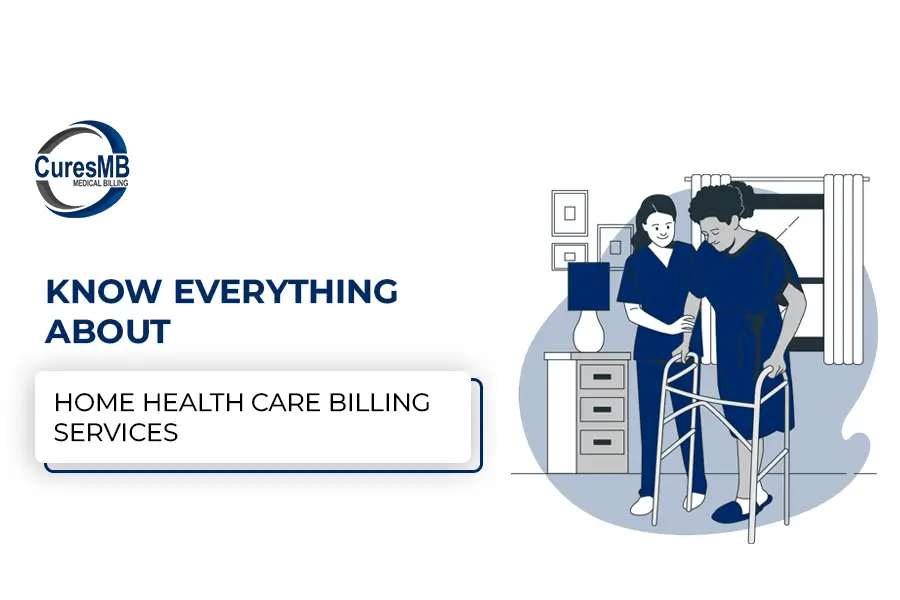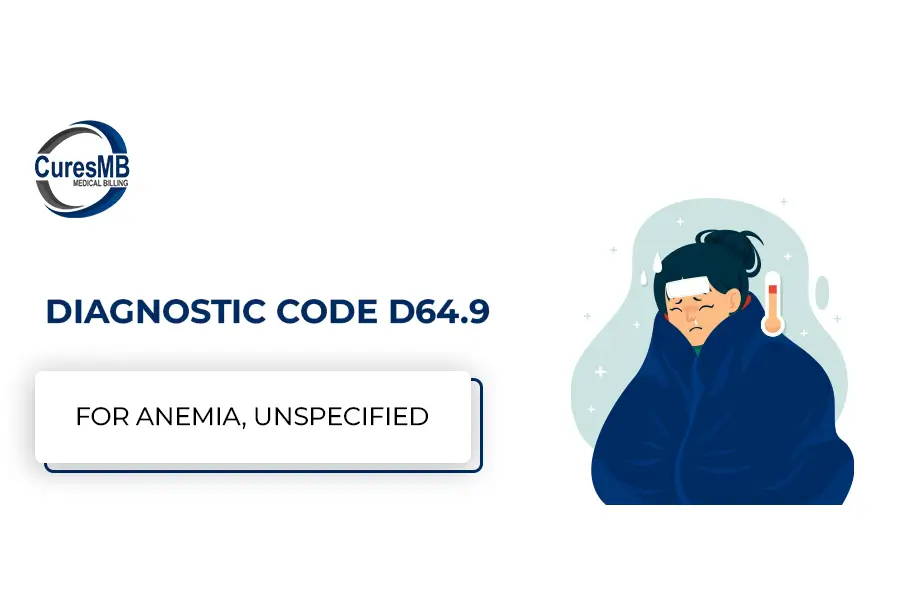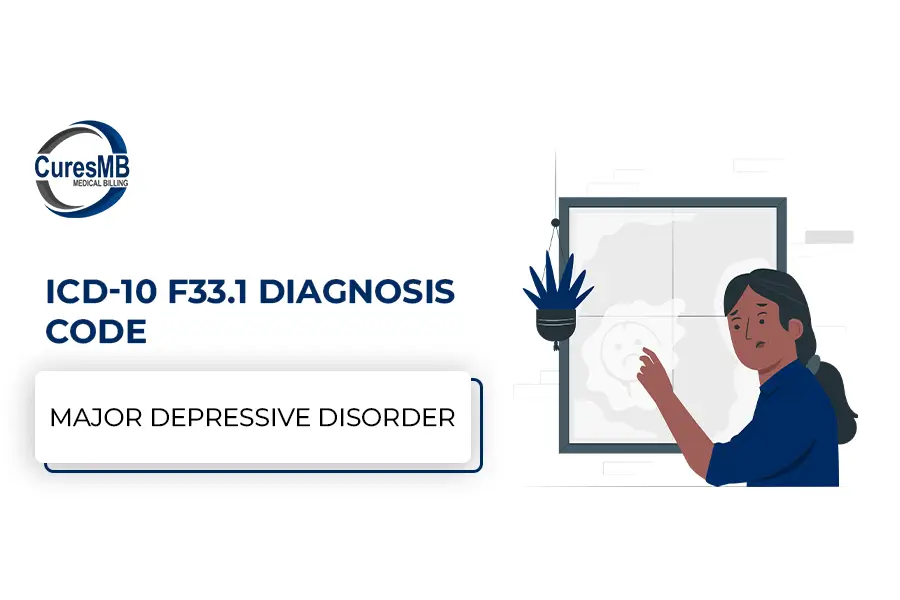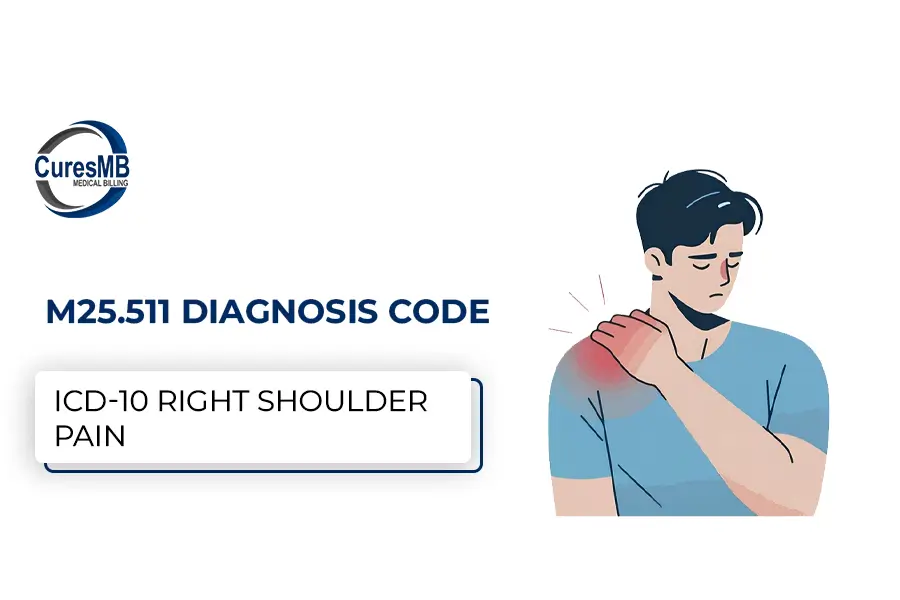Call Us Leave a Message Cardiology billing plays a crucial role in ensuring healthcare providers receive timely and accurate reimbursement for the services they provide to patients. Understanding the intricacies of cardiology medical billing is essential for efficient revenue cycle management and maintaining financial stability within cardiology practices. Cardiology billing involves a complex set of codes and regulations that dictate how cardiology services are documented, coded, and submitted for reimbursement. Cardiologists must accurately document each patient encounter, including the reason for the visit, the services provided, and any procedures performed. This information is then translated into medical codes using the Current Procedural Terminology (CPT) and International Classification of Diseases (ICD) code sets. Proper documentation and coding are critical for ensuring that cardiology services are reimbursed at the appropriate rate and that claims are not denied or delayed due to errors or inconsistencies. Cardiology billing staff must stay up to date on the latest coding guidelines and regulations to ensure compliance with payer requirements and minimize the risk of audits or denials. Understanding Cardiology Billing Services When it comes to cardiology billing services, medical billing, and coding professionals encounter specific processes and challenges. The billing process in cardiology involves capturing and submitting claims for cardiology procedures, ensuring accurate coding and billing, and dealing with insurance companies for reimbursement. Overview of the Cardiology Billing Process The cardiology medical billing process starts with documenting the services provided to patients, assigning appropriate CPT codes for procedures, and submitting claims to payers for reimbursement. It is crucial to ensure that all services are accurately documented and coded to prevent claim denials or underpayment. Once the claims are submitted, the billing department follows up with payers to ensure timely payment and resolves any billing discrepancies. This may involve appealing denied claims, providing additional documentation to support the services rendered, or negotiating with payers for reimbursement. In addition, cardiology billing also involves verifying patients’ insurance coverage, obtaining prior authorizations for procedures or services, and managing patient payments, including collecting copayments and deductibles. Overall, a streamlined and efficient billing process is essential to ensure prompt and accurate reimbursement for cardiology services. This helps healthcare providers maintain financial stability and focus on delivering high-quality care to their patients. Common Coding Challenges in Cardiology In cardiology billing codes, professionals face challenges such as accurately coding complex cardiology procedures, using modifiers to indicate specific circumstances, and staying up-to-date with coding guidelines and regulations to avoid compliance issues. Benefits of Outsourcing Cardiology Billing & Coding Many cardiology practices opt to outsource their billing services to specialized companies to streamline the billing process, reduce billing errors, and maximize reimbursement. Outsourcing cardiology billing can free up time for healthcare providers to focus on patient care while ensuring efficient revenue cycle management. About Us Our goal is to streamline your healthcare revenue cycle management, give you the financial freedom your practice deserves, and take control with a partner specializing in provider RCM optimization and service excellence. Our Services Medical Billing & Coding Services Credentialing & Enrollment Services Eligibility & Benefit Verification Services Prior & Authorization Services Denial Management Account Receivable Services Patient Statements & Inquires Revenue Cycle Management Services Management of EOBs & ERAs Financial Reporting HIPAA Compliant Out Of Network Negotiation Services Recent Blogs All Post Medical Uncategorised Medicare’s 8 Minute Therapy Rule – Avoid Denials & Improve Revenue May 1, 2025 Cardiac Arrhythmia ICD 10 Codes – A Medical Coder’s 2025 Reference April 28, 2025 97110 CPT Code – A Medical Biller’s Guide to Therapeutic Exercise April 25, 2025 Company Info Access essential company data with a simple click through the ‘Download Company Info’ feature. Download Info Let’s Talk +1 (917) 994-9941 3811 Ditmars Blvd# 1124, Astoria, NY 11105 Contact Us Best Practices for Cardiology Billing Services Following best practices for cardiology billing is key to ensuring compliance with billing guidelines, maximizing revenue, and enhancing overall financial performance within cardiology practices. Understanding cardiology CPT codes and applying effective coding strategies are essential components of successful cardiology billing. Ensuring Compliance with Billing Guidelines Staying updated with billing guidelines and regulations is crucial for cardiology practices to avoid compliance issues and potential audits. By following coding guidelines and documenting services accurately, healthcare providers can maintain billing integrity and avoid penalties. Understanding Cardiology CPT Codes Cardiology CPT codes are specific to cardiology procedures and services, detailing the work performed by healthcare providers. Understanding the nuances of cardiology CPT codes is essential for accurate coding, proper reimbursement, and compliance with coding standards. Enhancing Revenue with Effective Coding Strategies Implementing effective coding strategies in cardiology billing can improve revenue generation and streamline the billing process. By assigning appropriate codes, capturing all services provided, and optimizing documentation, cardiology practices can maximize reimbursement and financial performance. Optimizing Cardiology Billing Practices Implementing efficient billing software can streamline the billing process, improve accuracy in coding and claims submission, and enhance overall revenue cycle management. Maximizing reimbursement through proper coding and promptly addressing denials are key strategies for optimizing cardiology billing practices. Implementing Efficient Billing Software Cardiology practices can benefit from using specialized medical billing software designed for cardiology services. This software helps automate billing processes, track claims, and improve communication with payers for faster reimbursement. Maximizing Reimbursement through Proper Coding Accurate coding is crucial for maximizing reimbursement in cardiology billing. By ensuring services are properly documented and coded using the appropriate CPT codes, healthcare providers can avoid claim denials and optimize revenue generation. Addressing Denials and Claim Rejections When claims are denied or rejected, it is essential to investigate the reasons for the denial, correct any errors in coding or documentation, and resubmit the claim promptly. By addressing denials proactively, cardiology practices can improve their revenue cycle and minimize payment delays. Key Components of Cardiology Medical Billing CPT codes play a vital role in cardiology billing by accurately describing medical procedures and services provided to patients. Revenue cycle management is essential in cardiology practices to track and optimize the financial processes from patient appointment to reimbursement. Importance of CPT Codes in
Home Care Billing Services with Expert Services
As home-based medical care continues to grow, managing the complexities of home healthcare billing services has become a challenge for agencies of all sizes. Providers must manipulate accurate coding, constantly shifting payer rules, and lengthy claims processes, all while focusing on patient care. That’s where trusted home care billing services come in.
Practices for Patient Safety in Obstetrics
Call Us Leave a Message Obstetrics and Gynecology (OBGYN) practices are crucial healthcare facilities catering to women’s unique needs during pregnancy, childbirth, and beyond. Ensuring patient safety is a top priority in obstetrics as it involves various intricate processes and sensitive procedures. By implementing best practices and optimizing critical areas within the obstetric care setting, medical practitioners can enhance patient safety, improve outcomes, and streamline operations. Billing Process Optimization Efficient billing processes play a significant role in the financial sustainability of medical practices. Automating billing tasks can reduce errors, minimize delays, and ensure timely revenue collection. By streamlining revenue cycle management, OBGYN practices can enhance financial performance and focus more on providing quality patient care. Outsourcing billing services to specialized firms can alleviate administrative burdens and improve efficiency. Implementing a user-friendly billing system with integrated electronic health records can improve billing accuracy and reduce the risk of coding errors. This can lead to faster reimbursement and fewer rejected claims, ultimately improving cash flow for the practice. Outsourcing billing services to specialized firms can also provide access to expert billing professionals trained in the intricacies of OBGYN billing processes. This can help ensure that claims are submitted correctly and promptly, reducing the risk of payment delays or denials. Enhancing Obstetric Care Enhancing obstetric care goes beyond medical interventions; it involves a holistic approach to improve patient safety and well-being. Reducing obstetric hemorrhage incidents, promoting safe methods for primary cesarean sections, and enhancing perinatal patient safety are essential to quality obstetric care. These practices reduce maternal morbidity and contribute to a positive patient experience and better outcomes. Improving Patient Safety Bundles Patient safety bundles are structured packages of best practices designed to improve specific aspects of care and patient outcomes. In obstetrics, enhancing maternal mental health support, safe management of severe hypertension in pregnancy, and preventing maternal venous thromboembolism are crucial components of patient safety bundles. By implementing these practices, OBGYN practices can ensure effective patient care and reduce risks associated with pregnancy and childbirth. Increasing Revenue Collection OBGYN practices must focus on increasing revenue collection through various means to maintain financial stability. Implementing well-woman visits, addressing racial and ethnic disparities in obstetric care, and optimizing the revenue collection process are vital strategies to boost economic performance. By diversifying revenue sources and improving billing practices, medical practices can ensure long-term sustainability and continued growth. One of the critical strategies for increasing revenue in an OBGYN practice is to implement well-woman visits. These routine check-ups allow healthcare providers to address preventive care, screen for potential health issues, and discuss overall wellness with patients. By encouraging regular well-woman visits, OBGYN practices can increase patient volume and revenue while promoting better health outcomes. Another important focus for OBGYN practices is addressing racial and ethnic disparities in obstetric care. By providing culturally competent care and implementing initiatives to reduce disparities in maternal and infant health outcomes, practices can attract a more diverse patient population and improve overall patient satisfaction. This, in turn, can lead to increased patient loyalty, referrals, and revenue growth for the practice. Implementing these key strategies can help OBGYN practices increase revenue, improve financial stability, and enhance patient care outcomes. Medical practices can position themselves for long-term success and sustainability in an increasingly competitive healthcare landscape by focusing on providing quality care, addressing disparities, and optimizing billing practices. About Us Our goal is to streamline your healthcare revenue cycle management, give you the financial freedom your practice deserves, and take control with a partner specializing in provider RCM optimization and service excellence. Our Services Medical Billing Services Medical Coding Services Credentialing & Enrollment Services Eligibility & Benefit Verification Services Prior & Authorization Services Denial Management Account Receivable Services Patient Statements & Inquires Revenue Cycle Management Services Management of EOBs & ERAs Financial Reporting HIPAA Compliant Out Of Network Negotiation Services Recent Blogs All Post Medical Uncategorised Top 10 Things You Should Know About 98940 CPT Code May 28, 2025 Understanding the 90935 CPT Code & 97035 – Real Billing Insights May 15, 2025 CPT Code 97014 – A Complete Guide for Physical Therapy Billing in 2025 May 13, 2025 Company Info Access essential company data with a simple click through the ‘Download Company Info’ feature. Download Info Let’s Talk +1 (917) 994-9941 3811 Ditmars Blvd# 1124, Astoria, NY 11105 Contact Us Efficient Obstetrics Billing Efficient obstetrics billing is essential for ensuring proper reimbursement for services rendered. Enhancing billing procedures for cesarean and vaginal deliveries, improving maternity billing services, and automating postpartum billing procedures can streamline the billing process and reduce billing errors. OBGYN practices can enhance revenue streams and maintain financial health by optimizing billing practices. Features of using our Practices for Patient Safety in Obstetrics(OBGYN) Hey there! So you’re looking to learn more about the features of using our Practices for Patient Safety in Obstetrics (OBGYN). Let me break it down for you in a more casual tone. First, our top-notch practice management system makes it super easy to streamline your workflow and ultimately see more patients. And who doesn’t want that, right? One of our list’s most remarkable features is how we help you increase collections through efficient medical billing and submit claims in real-time. No more waiting around for payments – we’ve got you covered. Our appointment reminders help keep your payer happy and your schedule full. Another benefit of using our practices is the bundle implementation to reduce primary cesarean deliveries safely. This not only improves maternal health outcomes but also reduces severe maternal morbidity and maternal mortality. It’s all about quality improvement! Now, you may wonder how our toolkit can help you improve the care and patient safety processes. Well, let me lay it out for you. These steps can help you verify and follow up on postpartum care, ensuring no one falls through the cracks. Because let’s face it, when practices lose track of patients, it’s never a good look. Your Success Is Our Success We are a team of national medical billing service experts based







